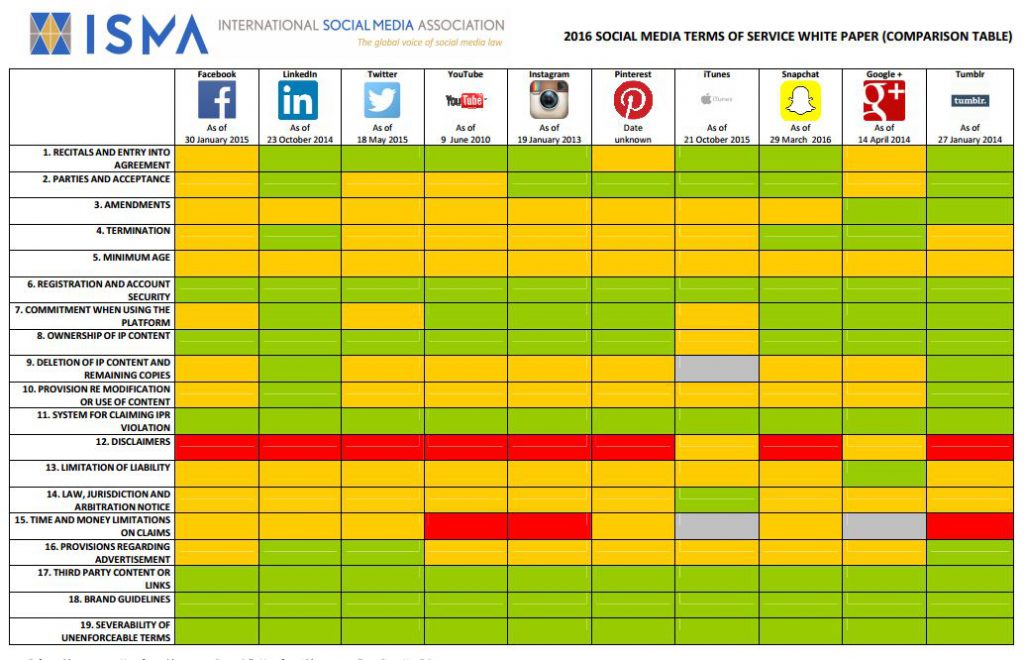When I was a vegan I became fascinated by the machinery of modern agriculture. And I don’t just mean the tractors – I mean the massive supply chain, refrigeration, logistics, buying and planning mechanisms that bring fresh food to our tables. It seemed that there were more than a million miles between the source of our food and its destination.
It made me realise there were more complexities in the market of markets than I had understood.
In the face of this I wondered what impact a personal choice – such as becoming a vegan – may have on the larger world. What could be achieved by my small, defiant action?
But the road to change is never straight forward or as direct as you’d like. It can sometimes take years for a motivation to move to action. Or for the conditions for success to align like stars in a horoscope.
Over the years, I have learned that good intentions and personal choice only go so far. At some point you have to choose and commit.
And if the times are right and the stars are aligned, something may just happen.
On Sunday, 19 March 2017, a new fresh produce market comes to Sydney. It’s the first ever For Goodness Sake Market.There will be over 50 stalls, including fresh produce, artisanal goods, hot food, coffee, fun for the kids, music and more. It’s a new, regular market in the heart of the city at Royal Randwick – but its roots are deep in the Australian farming world.
Growing up on dairy farms in Western Australia, Clive Burcham could hardly imagine a life spanning continents and working in emerging technology with some of the largest brands in the country. Not only is Clive the driving force behind one of Australia’s leading digital and creative agencies, The Conscience Organisation, he’s been deeply involved in social enterprises that directly impact disadvantage and global poverty. And now he’s turned his attention to his heartland. To farmers and their families.
It’s obviously been a long journey to return to the start – but the world will be a better place for it.
The Fair Farmers Market kicks off on Sunday, 19 March from 8am and will open every Sunday thereafter. There is wheelchair access and parking is by gold coin donation to Ozharvest.






